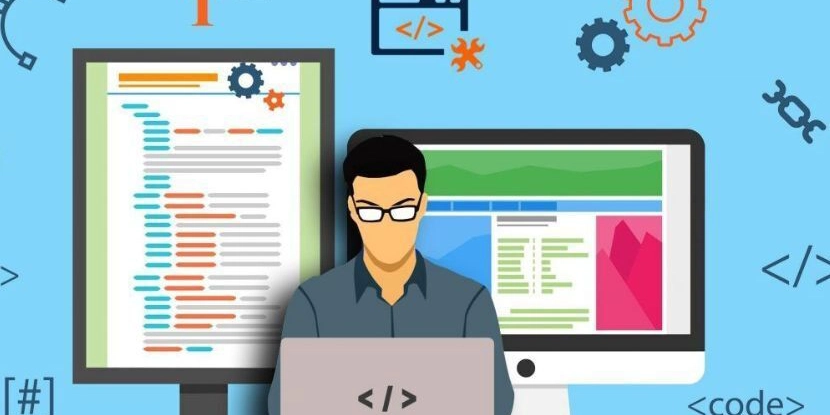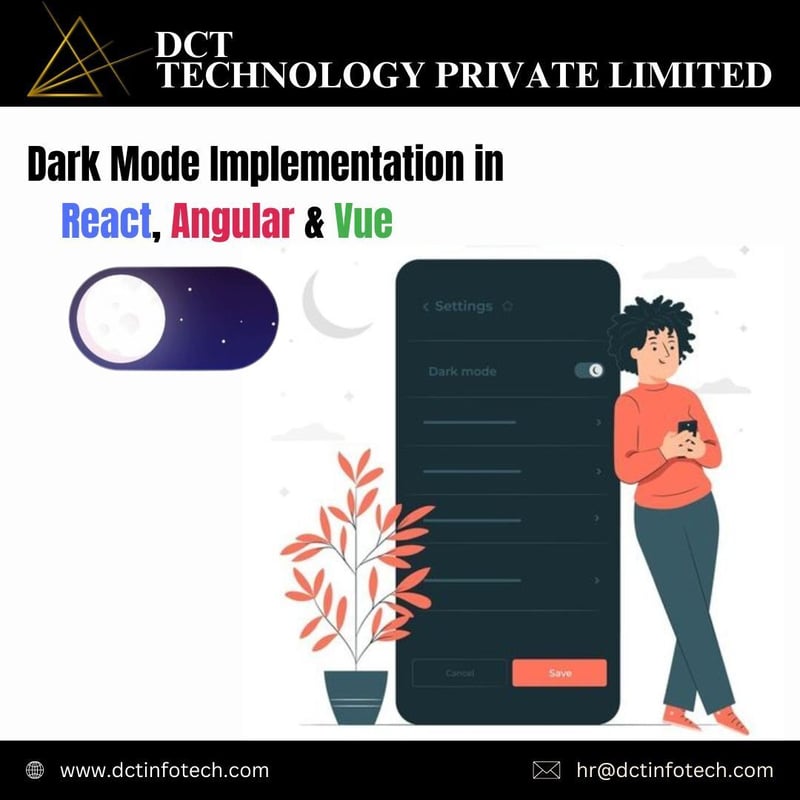How to Learn Backend Development: A Beginner’s Roadmap to Master the Web’s Powerhouse
When I first dipped my toes into web development, I was all about making things look good. Frontend was shiny, immediate, and gratifying—click a button, and it does something cool. But as I started building more complex projects, I hit a wall. I realized all the magic wasn’t just happening on the surface. It was what’s behind the scenes—the backend—that gave life to the application. That’s when I decided to flip the coin and dive into the world of backend development. And if you’re reading this, chances are you're at that point too. You want to go beyond the visuals and understand how websites actually work. So, let me take you on a journey—not just a tutorial, but a guide with real steps, resources, and insights to become a backend developer. What is Backend Development? Before you jump into the how, let’s understand the what. Backend development refers to the part of web development that focuses on what users don’t see. It’s about how data is stored, how servers work, how APIs are designed, and how everything comes together to respond to what the user does on the frontend. Think of it like a restaurant. The frontend is the waiter taking your order, and the backend is the kitchen where the actual cooking happens. If the kitchen doesn’t work well, your dining experience will be a disaster—no matter how charming the waiter is. Back-End Development Services | Amajin Solutions How to Learn Backend Development? So, what exactly do backend developers need to learn? Here’s a roadmap to get you started: 1. Programming Languages Start by mastering one backend programming language. The most popular ones are: Node.js (JavaScript) – great for full-stack devs who already know frontend JS. Python – clean, readable, and beginner-friendly. Often used with frameworks like Django or Flask. PHP – still widely used, especially in WordPress-based projects. Java – robust and enterprise-ready. Ruby – used with Ruby on Rails for rapid development.

When I first dipped my toes into web development, I was all about making things look good. Frontend was shiny, immediate, and gratifying—click a button, and it does something cool. But as I started building more complex projects, I hit a wall. I realized all the magic wasn’t just happening on the surface. It was what’s behind the scenes—the backend—that gave life to the application. That’s when I decided to flip the coin and dive into the world of backend development.
And if you’re reading this, chances are you're at that point too. You want to go beyond the visuals and understand how websites actually work. So, let me take you on a journey—not just a tutorial, but a guide with real steps, resources, and insights to become a backend developer.
What is Backend Development?
Before you jump into the how, let’s understand the what.
Backend development refers to the part of web development that focuses on what users don’t see. It’s about how data is stored, how servers work, how APIs are designed, and how everything comes together to respond to what the user does on the frontend.
Think of it like a restaurant. The frontend is the waiter taking your order, and the backend is the kitchen where the actual cooking happens. If the kitchen doesn’t work well, your dining experience will be a disaster—no matter how charming the waiter is.
Back-End Development Services | Amajin Solutions
How to Learn Backend Development?
So, what exactly do backend developers need to learn? Here’s a roadmap to get you started:
1. Programming Languages
Start by mastering one backend programming language. The most popular ones are:
- Node.js (JavaScript) – great for full-stack devs who already know frontend JS.
- Python – clean, readable, and beginner-friendly. Often used with frameworks like Django or Flask.
- PHP – still widely used, especially in WordPress-based projects.
- Java – robust and enterprise-ready.
- Ruby – used with Ruby on Rails for rapid development.










































































































































































![[The AI Show Episode 144]: ChatGPT’s New Memory, Shopify CEO’s Leaked “AI First” Memo, Google Cloud Next Releases, o3 and o4-mini Coming Soon & Llama 4’s Rocky Launch](https://www.marketingaiinstitute.com/hubfs/ep%20144%20cover.png)


















































































































![[DEALS] The All-in-One Microsoft Office Pro 2019 for Windows: Lifetime License + Windows 11 Pro Bundle (89% off) & Other Deals Up To 98% Off](https://www.javacodegeeks.com/wp-content/uploads/2012/12/jcg-logo.jpg)





































![Is this too much for a modular monolith system? [closed]](https://i.sstatic.net/pYL1nsfg.png)






















































































































_Andreas_Prott_Alamy.jpg?width=1280&auto=webp&quality=80&disable=upscale#)
































































































![What features do you get with Gemini Advanced? [April 2025]](https://i0.wp.com/9to5google.com/wp-content/uploads/sites/4/2024/02/gemini-advanced-cover.jpg?resize=1200%2C628&quality=82&strip=all&ssl=1)













![Apple Shares Official Trailer for 'Long Way Home' Starring Ewan McGregor and Charley Boorman [Video]](https://www.iclarified.com/images/news/97069/97069/97069-640.jpg)
![Apple Watch Series 10 Back On Sale for $299! [Lowest Price Ever]](https://www.iclarified.com/images/news/96657/96657/96657-640.jpg)
![EU Postpones Apple App Store Fines Amid Tariff Negotiations [Report]](https://www.iclarified.com/images/news/97068/97068/97068-640.jpg)
![Apple Slips to Fifth in China's Smartphone Market with 9% Decline [Report]](https://www.iclarified.com/images/news/97065/97065/97065-640.jpg)




































































































































